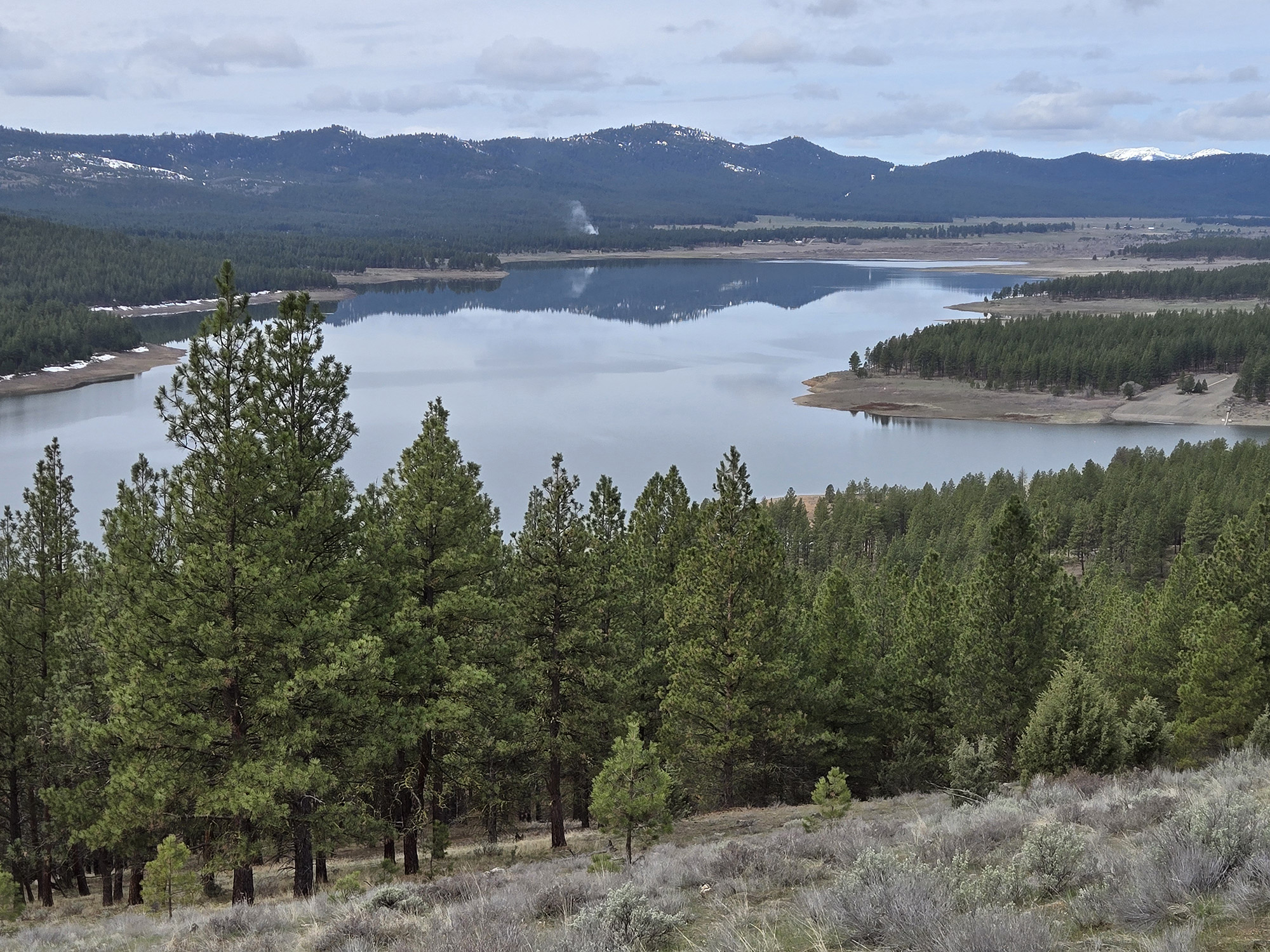Forest Service recommends changing 21-inch logging rule for six forests
Published 6:30 am Thursday, August 27, 2020
PORTLAND — The U.S. Forest Service in a recent environmental analysis recommends lifting a 25-year-old ban on logging large trees across six national forests in Central and Eastern Oregon.
Trending
The Forest Service published the recommendation earlier this month. The rule, which prohibits cutting any trees larger than 21 inches in diameter, is part of a broader set of local forest management standards known as the Eastside Screens, adopted in 1995 to protect wildlife habitat and water quality on nearly 10 million acres of federally owned land.
Though originally meant to be temporary, the Eastside Screens remain in effect for all or parts of the Umatilla, Wallowa-Whitman, Malheur, Ochoco, Deschutes and Fremont-Winema national forests.
Shane Jeffries, the Ochoco National Forest supervisor, said the agency proposed amending the 21-inch standard earlier this year to reflect changing forest conditions and updated science and management priorities.
Trending
“Adjusting the 21-inch limitation to reflect learning over the past 25 years would help streamline restoration of forests in Eastern Oregon and make it easier to create landscapes that withstand and recover more quickly from wildfire, drought and other disturbances,” Jeffries said in a statement.
Rather than having a blanket exclusion on harvesting large trees, the Forest Service is instead recommending replacing the standard with a more adaptable guideline. Restoration projects would generally emphasize preserving both old and large trees, but with greater flexibility for land managers to adjust where needed.
The proposal defines “old” trees as 150 years, and “large” trees as more than 30 inches in diameter for grand fir, white fir and Douglas fir, and more than 21 inches for any other species.
In February, the Forest Service’s Pacific Northwest Research Station issued a report analyzing the Eastside Screens and concluded that removing some large trees may be beneficial for forest health.
As wildfire suppression became a widespread practice, researchers claim the forests are growing more dense with shade-tolerant species like white fir and grand fir. Not only do these trees compete for moisture and resources, but they are less fire-resistant than older, larger ponderosa pines.
Factor in climate change, and studies indicate the forests are becoming more susceptible to disturbances like drought, insects, diseases and large so-called “megafires.”
According to the Pacific Northwest Research Station’s report, “it is clear from our experience in applying ecosystem science to policy in the (Northwest) that simplistic rules and standards will, over time, generate unintended consequences, making it more rather than less difficult to manage for resilience to climate change and other threats, and to provide for multiple ecosystem services.”
Andy Geissler, federal timber program director for the American Forest Resource Council — a timber industry trade group that supports amending the Eastside Screens — said replacing the 21-inch standard would ultimately give the Forest Service greater latitude to meet its management goals.
“The objective of the Eastside Screens isn’t changing,” Geissler said. “That’s still staying the same.”
Environmental groups, however, argue the recommendation is based on politics and cherry-picked science that will weaken habitat for wildlife and threaten older, larger trees that act as a carbon sink.
Rob Klavins, Northeast Oregon field coordinator for Oregon Wild, said going from a legally enforceable standard to a non-enforceable guideline will create a loophole “big enough to drive a log truck through.”
Klavins, who lives in Wallowa County, said he worries that replacing the 21-inch standard will make it more difficult for forest collaborative groups and partners to find consensus on projects in the future.
“Collaboration works best when there are agreed upon rules and sideboards. The Eastside Screens created the conditions for us to try and find common ground,” he said. “Without that, it’s a free-for-all.”
Klavins also criticized the Forest Service for rushing through the review process during a global pandemic, potentially limiting public participation. The Forest Service hosted three webinars in May leading up to its environmental assessment, including a science forum, intergovernmental workshop and partner technical workshop.
Veronica Warnock, conservation director for the Greater Hells Canyon Council based in La Grande, said the Forest Service should have conducted a more robust Environmental Impact Statement required under the National Environmental Policy Act to fully gauge the long-term impacts of changing the 21-inch rule.
“There are a lot of things open to interpretation here,” Warnock said. “There is a huge spectrum of activities where you can say we’re meeting the intent of this guideline. … To say that it is not going to result in more large trees being cut would just be erroneous.”
Geissler said he does not anticipate a major spike in timber volume from replacing the 21-inch rule.
Last fiscal year, the six national forests sold a combined 229 million board-feet of timber, of which 178 million board-feet was sent to the sawmill. The rest was sold as firewood, biomass and non-saw material. For the 2020 fiscal year, the target is 255 million board-feet.
A 30-day public comment period is now underway, and two webinars are scheduled for 6-7:30 p.m. Aug. 19 and 1:30-3 p.m. Aug. 20, to provide information and gather feedback.









